The Honda Hornet 2.0 has evolved into a 180-cc machine with a price tag that is just shy of motorcycles that displace more cubic capacity. Which of the three motorcycles discussed here is the one for you?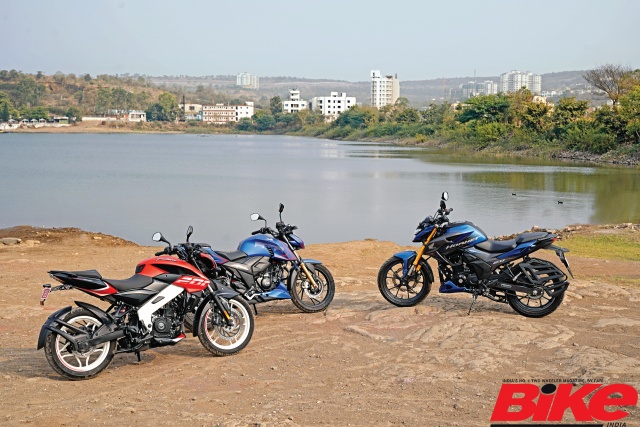
Story: Joshua Varghese
Photography: Sanjay Raikar
When a teacher notices that one of their pupils is more brilliant than their peers, it is quite common for them to challenge said prodigy by offering their tougher problems to solve. The Honda Hornet 2.0’s situation is somewhat similar. Having proved itself as a potent motorcycle in the 160-cc space, Honda upgraded its engine to displace 184.40 cubic centimetres and now the new Hornet finds itself a class above its former rivals (160-cc) but still not looking its new rivals in the eye (200-cc segment). However, Honda have stuck a price tag of Rs 1.30 lakh (ex-showroom) on it and that puts it within striking range of the Bajaj Pulsar NS 200 and the TVS Apache RTR 200 4V (both priced at Rs 1.35 lakh and Rs 1.34 lakh respectively, both prices are ex-showroom). The new Hornet is priced right below the true-blue 200s, so, which one should you go for? Time to list the facts, findings, experiences and preferences, and ponder the case meticulously.
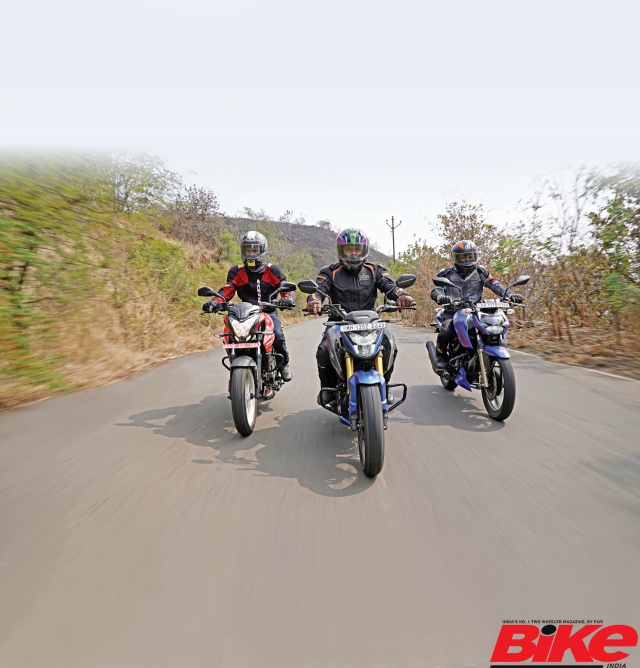
The NS 200 is the oldest of the lot and the most familiar because its design has remained the same over the years with only new colours to keep things interesting. The styling itself is quite aggressive and butch; so, no complaints there. In the latest avatar of this motorcycle, Bajaj have been quite generous with the paint brush and that may have been a bit much because now the motorcycle seems to be more at home in a music video for a pop song than in a morning ride line-up.
The Honda Hornet 2.0, on the other hand, has undergone quite a makeover and its styling is more contemporary. Its lines are sharper than before, it uses LEDs all around and that chunky, gold USD fork does make it stand out when parked next to the others.
Meanwhile, TVS have been meticulous about the updates over the years and the Apache RTR 200 4V you see now sports all the styling elements you would expect of a 2020 motorcycle (LEDs, updated graphics, and adjustable levers, among others) and yet it is the most visually subtle of them all. In summary, to pick one for its styling would ultimately boil down to a matter of personal preference.
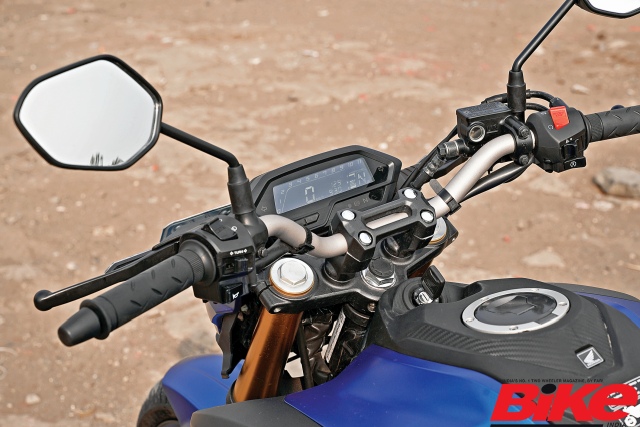
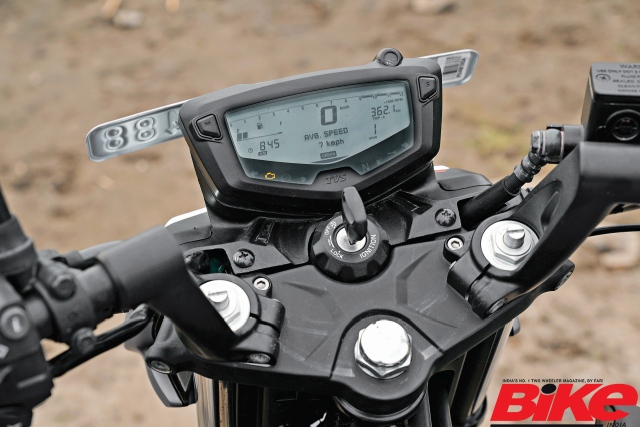
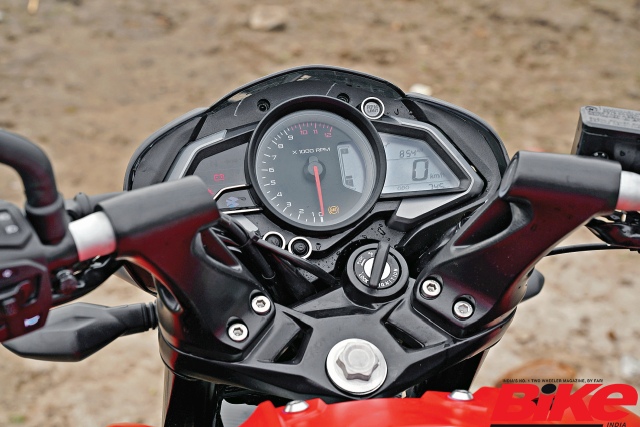
Moving on to the instrument consoles, the Pulsar’s adamant resistance to updates makes it the most dated of the three and it provides the least information but, personally, I prefer its digital-analogue layout to the others’ fully digital readouts. The Honda Hornet comes second in terms of information provided and that includes features such as a gear indicator and battery voltage indicator over whatever the Pulsar has to offer. The winner here (in terms of information per square inch) is the Apache. Toggle through its well laid-out console and you can access multiple features, including, but not limited to, a lap timer, average speed, highest speed attained, and then a whole world of smart features when you connect it to your smartphone. All that is remarkable but not particularly relevant for anything other than introspection and bragging rights, is it not? This would have made more sense to me if it had a fuel-efficiency readout or a distance-to-empty figure. Anyway, certainly a feast for the tech-oriented motorcycle enthusiast.
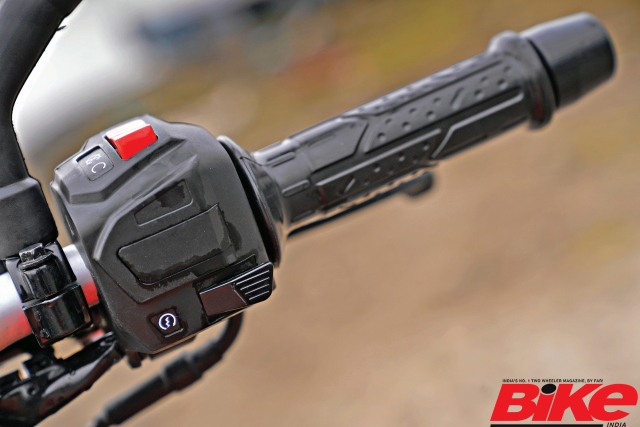
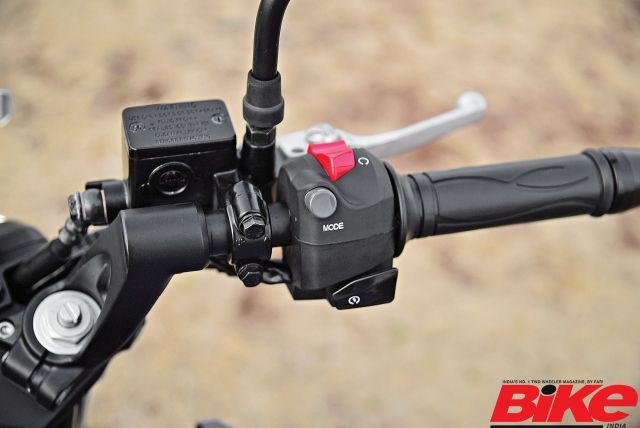
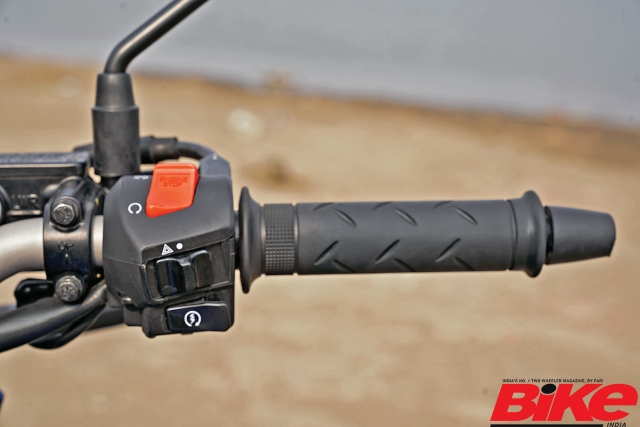
Thankfully, none of these three motorcycles has an extremely committed riding position. Of the three, the Apache and the Pulsar have rider triangles that are more inclined towards sport riding thanks to their clip-on handlebars. The Hornet’s wide, single-piece handlebar offers a more upright riding position and slightly more manoeuvrability, particularly through traffic. Thumb the starter and the Pulsar’s exhaust note is the one that grabbed my attention first. It is pure and distinctly sporty, making for an extremely enjoyable soundtrack as you rip along a deserted road shifting through the gearbox. The Apache follows at a close second only because its racy orchestra seems a smidge too civilized in comparison. Meanwhile, the Honda continues to stay in character with a relatively pleasant exhaust note.
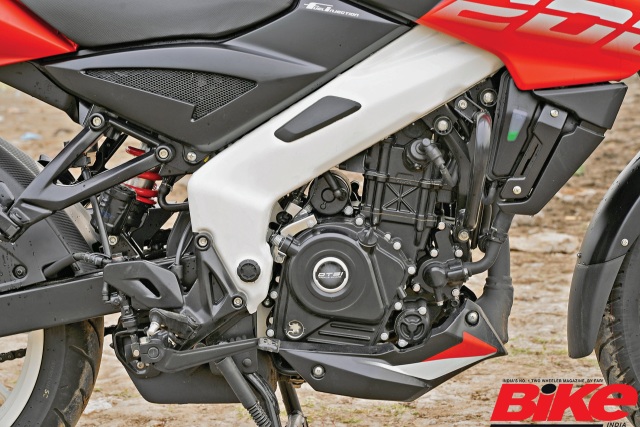
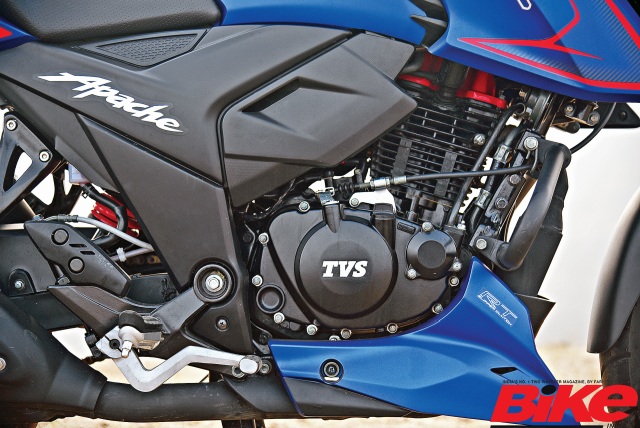
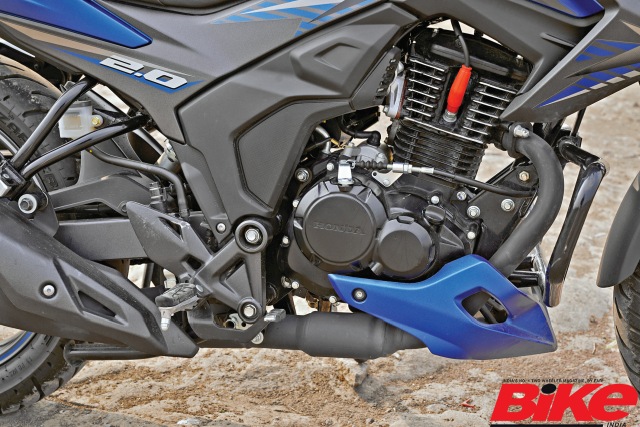
Right, now we move on to the engines and transmissions. The Pulsar’s 199.5-cc, SOHC, four-valve, single-cylinder engine makes 24.5 hp at 9,750 rpm and a peak torque of 18.5 at 8,000 rpm. It is the only liquid-cooled unit here and also the only one mated to a six-speed gearbox. The motor impressed us on the road as well by being the most free-revving of the three and it responded to throttle inputs eagerly right up to its 10,500-rpm red-line, making it an extremely fun machine to ride through the corners. However, it is also the noisiest of the three but it is something you could gloss over thanks to the way it lays down the power.
The Hornet’s 184.40-cc, air-cooled, SOHC, two-valve engine develops 17.3 hp at 8,500 rpm and a peak torque of 16.1 Nm at 6,000 rpm. Thanks to a strong bottom- and mid-range, the Hornet does keep up with the others in urban conditions but the moment the trio hit open roads, it was evident that Honda’s engine is not inclined towards sporty riding and that there is no replacement for displacement.
After its BS6 update, TVS’ 197.75-cc, air-cooled, SOHC, four-valve engine seems to have lost some of the character that we loved about it. In its new iteration, it produces 20.8 hp at 9,000 rpm and a peak torque of 17.25 Nm at 7,250 rpm. That is not enough to challenge the Pulsar, even on paper. Something that was confirmed after the Apache started falling behind while chasing the Pulsar up some twisties.
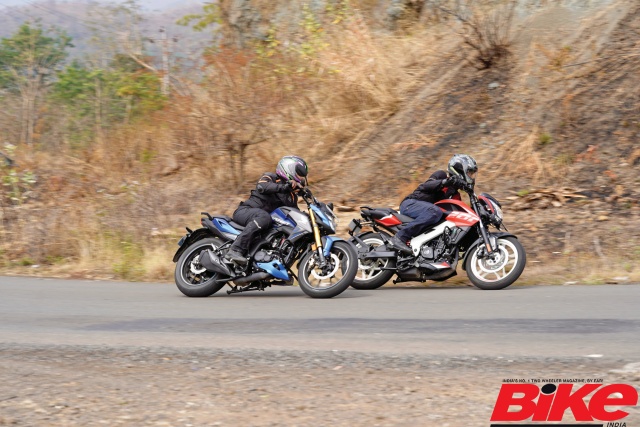
The Pulsar is the clear winner here because it has managed to minimize the limitations imposed by emission norms while still preserving a large part of its fierce and enjoyable character. Personally, I like that the Apache has two different throttle maps (one for Rain and Urban and one for Sport). It is evolution in the right direction and a first in this segment. If only their engine had the power to back it up.
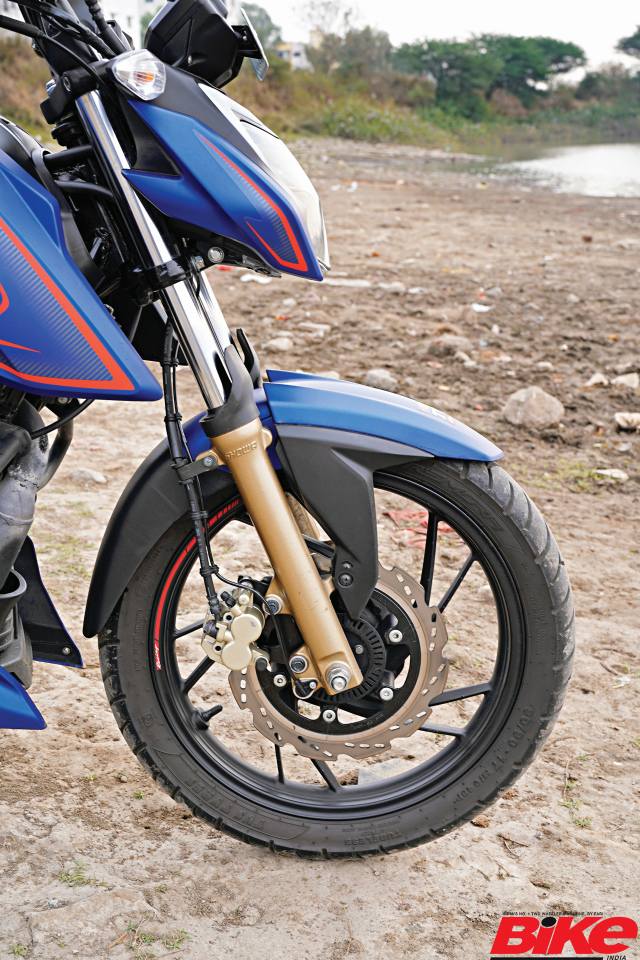
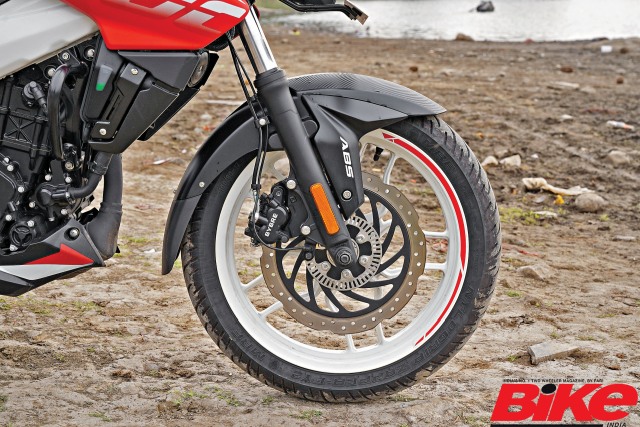
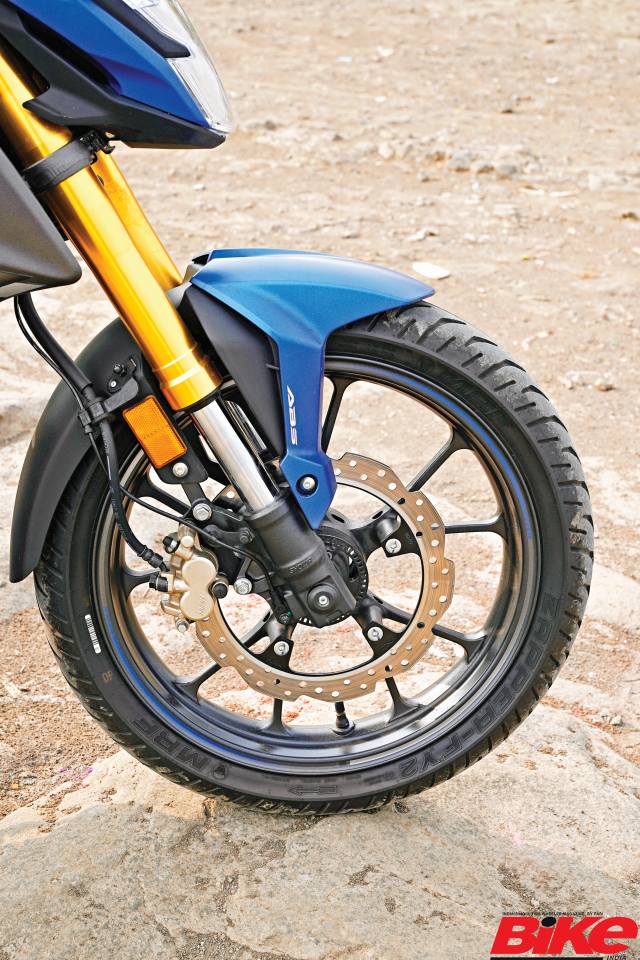
Moving on to handling dynamics, I was taken aback by how sharp the Pulsar is in spite of being the most ancient of the trio. Its perimeter frame is the best of the lot here and is complemented by a simple but potent suspension set-up. It joyously responds to the most precise of steering inputs and dives into a corner drawing grip from MRF Nylogrip Zapper rubber. The Apache’s situation in the corners is also quite similar and it does feel more eager to turn in. Once in, it holds the line admirably well but it lacks the drive to convert that into an advantage at the exit of the corner. Nevertheless, it is the only one here with adjustable suspension. If it were a tight course with not many straight sections, the Hornet would have no trouble keeping up with the others because its new USD fork and monoshock work well together to let the motorcycle carry speed into a corner and do so in a stable, predictable manner. So stable that I found out about its limited cornering clearance when the centre stand began scraping the blacktop. However, longer straights between corners will send the Hornet to the tail end of the trio in no time.
By the way, in the braking department, I say that the Pulsar scores first followed by the Apache and then the Hornet in terms of feel and stopping power, but the winner here is the Apache because it is the only one that offers dual-channel ABS.
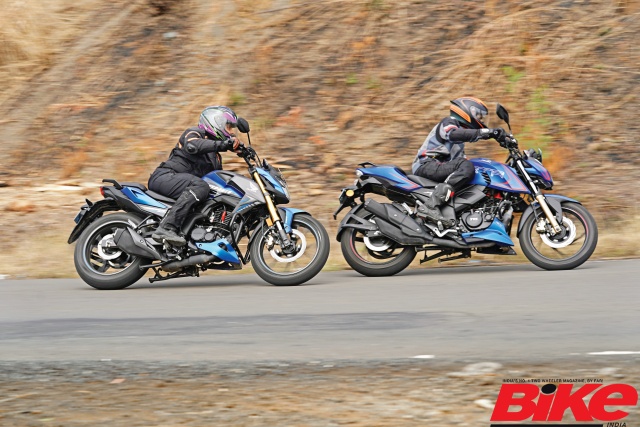
The Hornet does not seem to be faring well, eh? That is because we have not discussed its home ground: the urban jungle. When making quick overtakes past slow traffic and charging off the line at traffic signals, the Honda is just as good as its rivals, but come to a stop at a light and the Hornet’s advantage is evident. The Hornet has easily the most refined engine of the lot, its seating position the most comfortable (even for a pillion), and its frame the least vibey. Understandably, yours truly made sure he was on the Honda for the city ride part of our route. The Apache follows at a close second while the Pulsar loses this one for being the most unrefined of the lot.
There we have it. All the essentials have been scrutinized and the facts have been presented. What is our assessment? Well, there is no single motorcycle that we can declare a winner here. I apologize if you were waiting for a definitive winner but it would be unfair because each of these motorcycles will be ideal for a certain type of motorcyclist and none of those riders will like another one’s choice. Primarily because their needs and expectations are different.
For the hardcore enthusiast who lives through the week only to rip up and down the nearest quiet hill on the weekends, the Pulsar is the one to go for. They will put up with the motorcycle’s lack of refinement because the Pulsar will serve loads of thrills in the corners to fuel the adrenaline junkie in him.
Similarly, for the person who wants a smooth and comfortable motorcycle that will take them from one place to another quickly and efficiently, the Hornet it is. It is the most refined of the lot and the lack of displacement will work in its favour when it comes to footing the fuel bills. Of course, additions such as the USD fork and LED lighting do make a strong case for its price tag, especially when you factor in Honda’s impeccable reliability record and the fact that it is almost up there with the 200s on most counts.
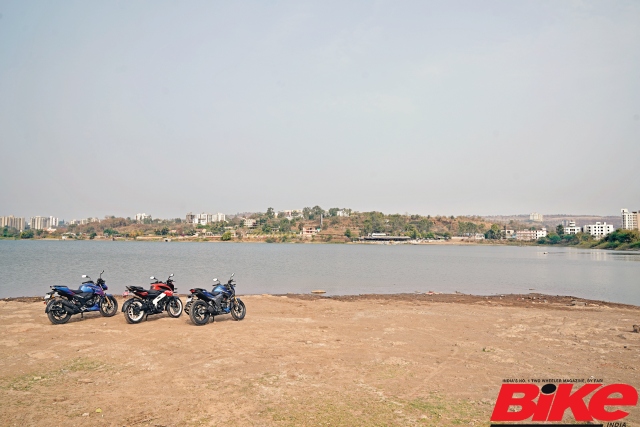
What about the Apache then? I wanted this to be my pick. I really did. Simply because this is the only motorcycle here that has consistently improved over the years and offers the most value on paper in terms of features and modern connectivity options. However, in its BS6 iteration, the Apache’s engine has lost the edge it had to tickle the cornering enthusiast. If performance is not your absolute priority but a balance among motorcycle, tech, and features, then close your eyes and put your money on this one. You cannot go wrong.


Leave a Reply